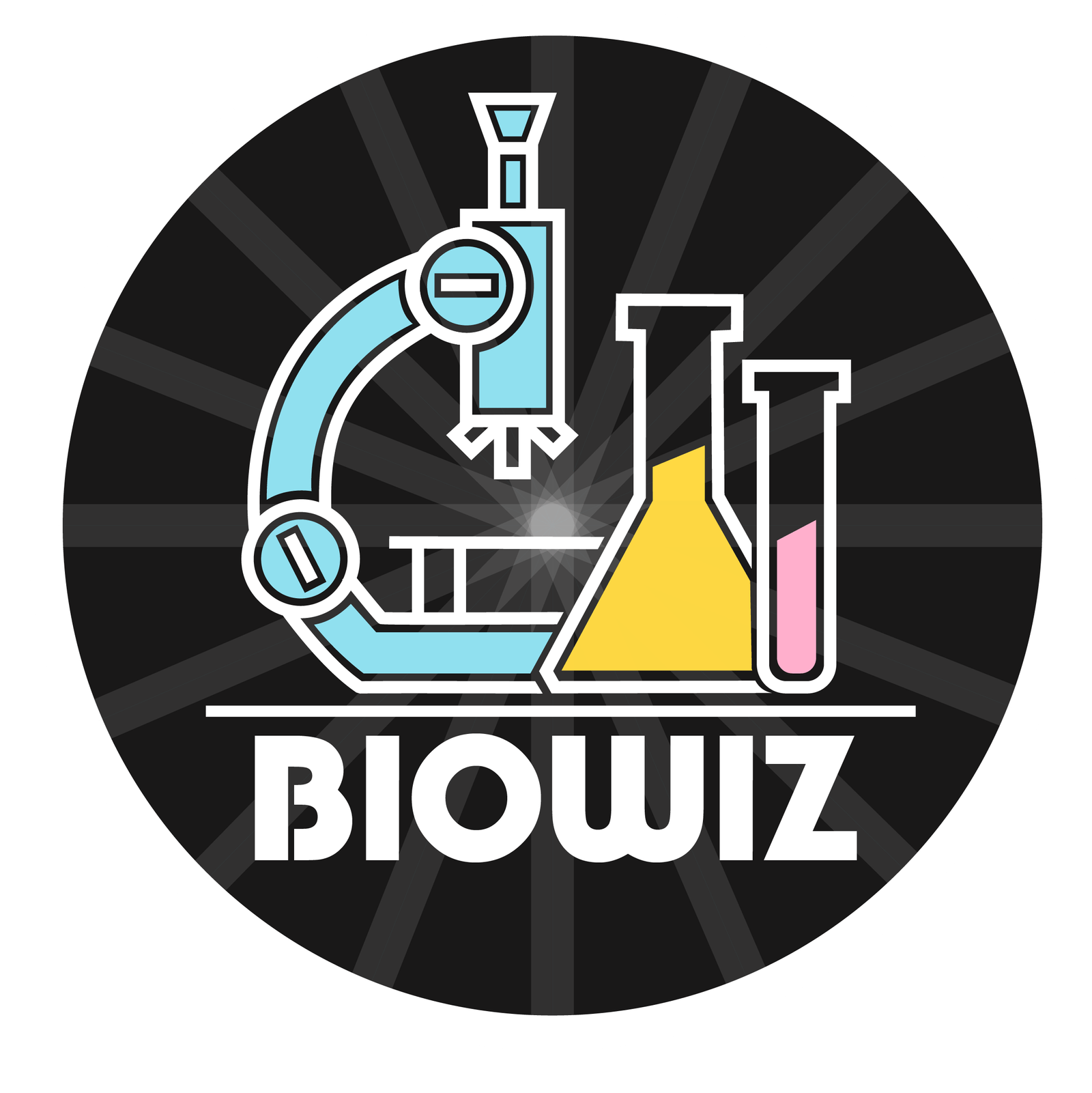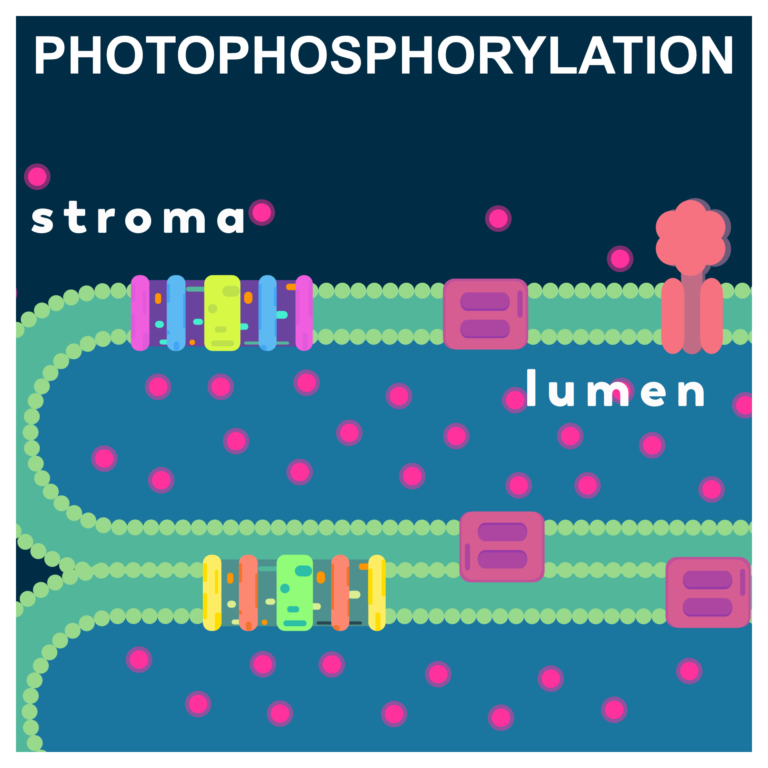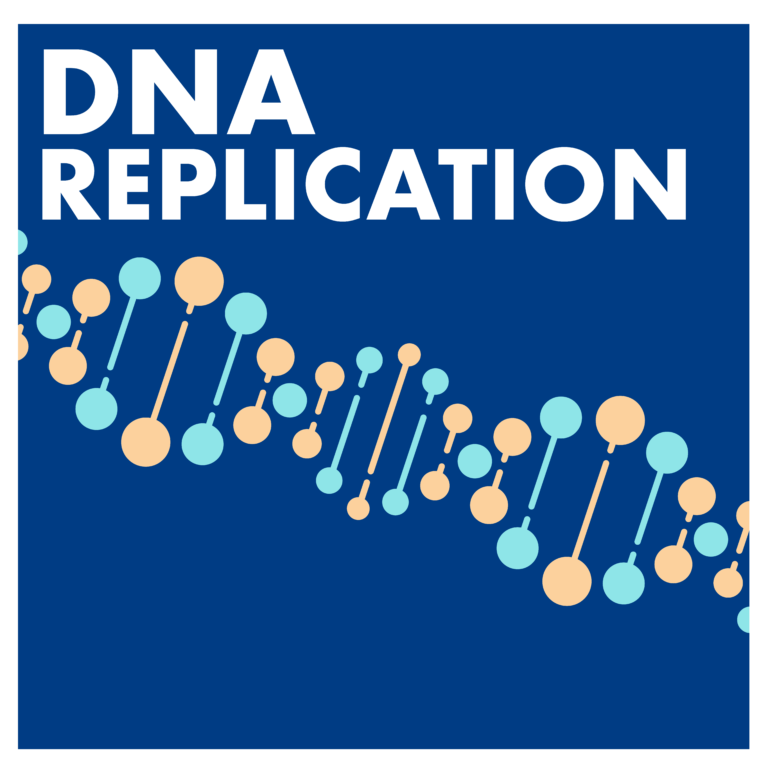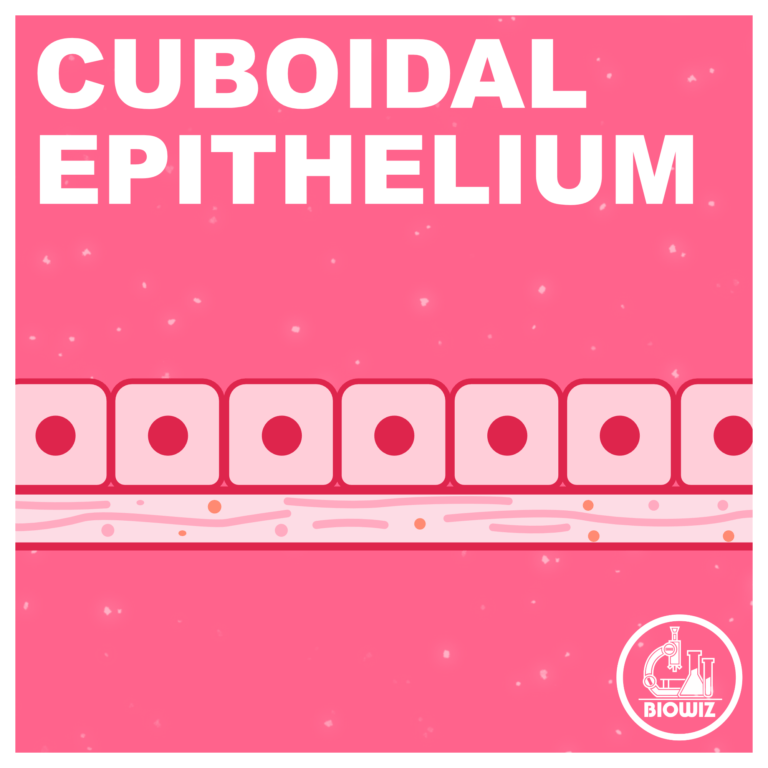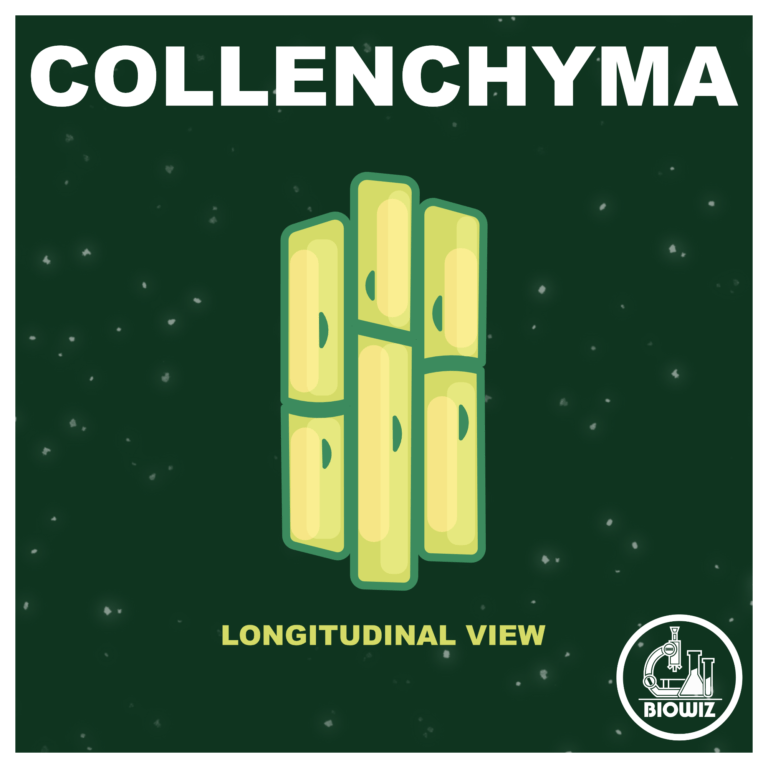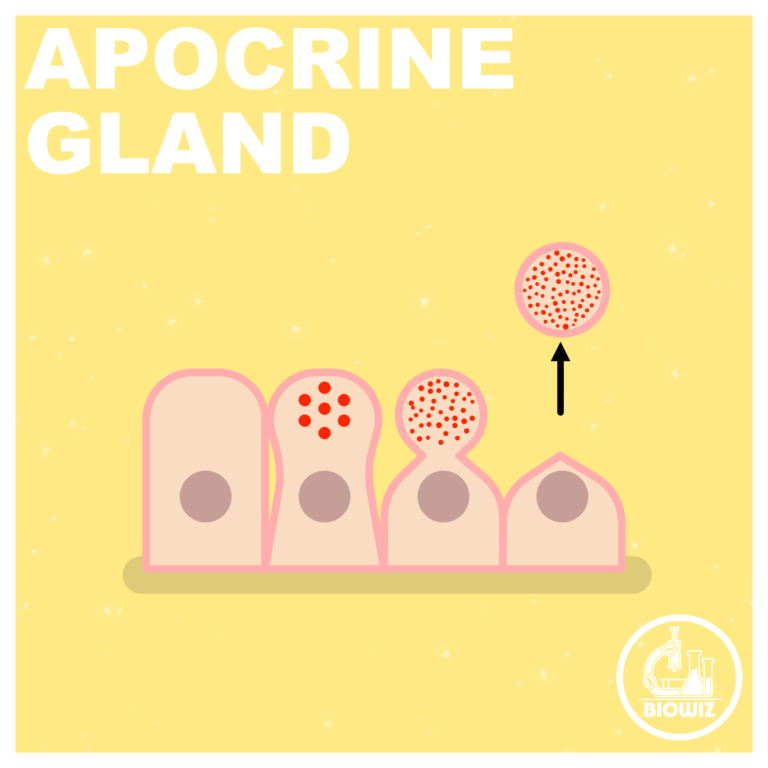
GLANDS
Glands are classified by their mode of secretion into three types: merocrine, releasing products via exocytosis; apocrine, secreting by pinching off a portion of the cell; and holocrine, where entire cells disintegrate to release their contents.
